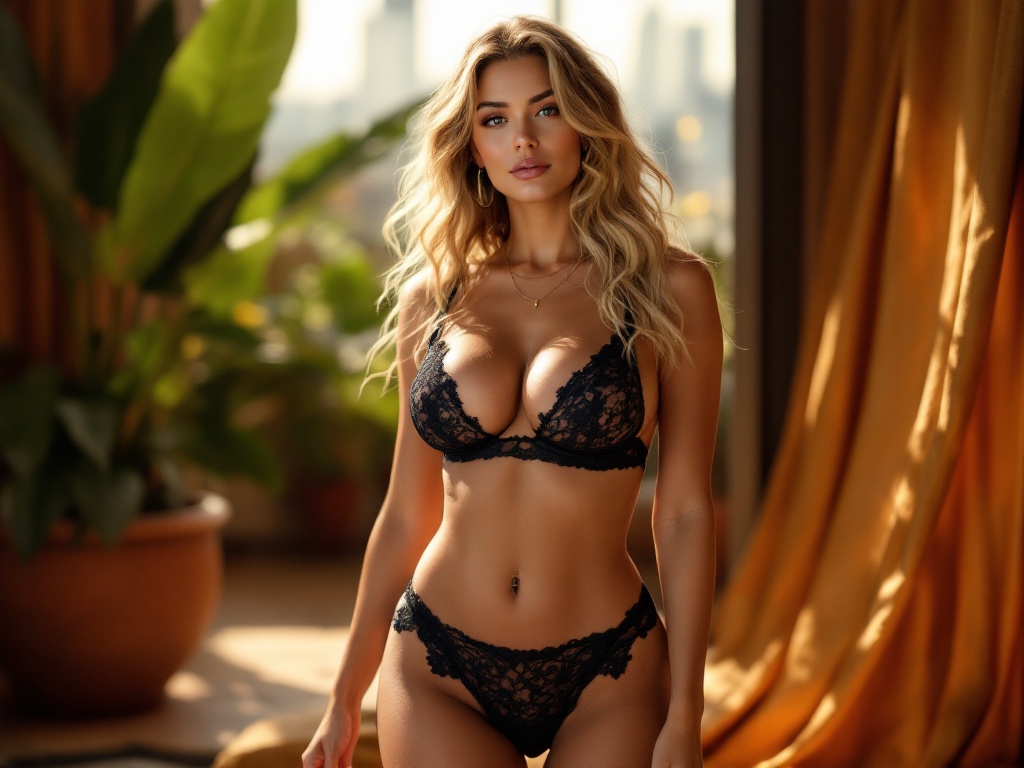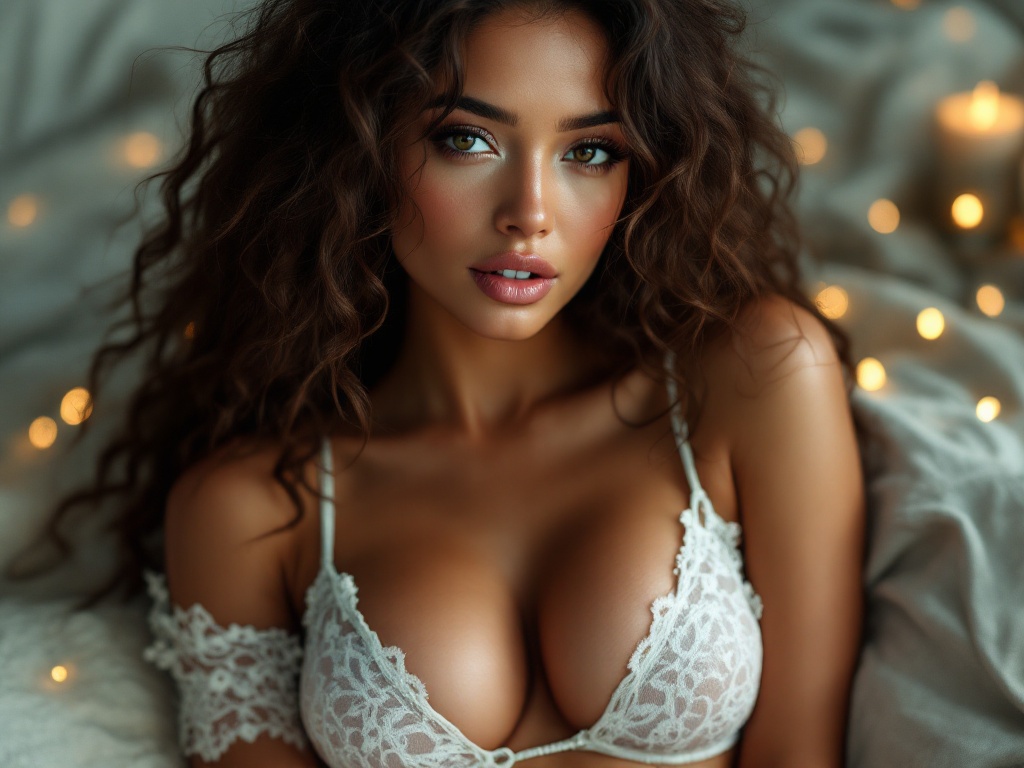The convergence of artificial intelligence and artistic expression has ignited fascinating discussions across numerous arenas, including fine art, photography, and digital media. Recently, AI-generated nudes have emerged as a particularly captivating domain. Leveraging sophisticated techniques such as transfer learning, AI now crafts nude images that are astonishingly lifelike and artistically varied. This technology not only extends the frontiers of creative expression but also prompts significant ethical debates regarding its application. Gaining insight into these facets is essential for those interested in the quickly evolving world of AI-created art.
Transfer learning, a groundbreaking approach allowing models to utilize previously acquired knowledge from related tasks, has transformed the capabilities of artists and developers. By adopting these strategies, creators can more rapidly produce superior-quality images. Utilizing expansive pre-trained models enables them to tailor results to meet specific artistic objectives. Yet, the effects reach far beyond technical considerations, sparking conversations about ethics and the digital human experience.
Understanding Transfer Learning
Transfer learning is a machine learning methodology wherein knowledge obtained from tackling one issue is applied to another, related problem. This technique not only hastens the learning cycle but markedly boosts AI model performance. Unlike traditional machine learning, which trains models from scratch and demands a considerable amount of data and computing power, transfer learning enables quicker training, especially when data is scarce.

A notable advantage of transfer learning is its ability to enhance the precision of AI models. For example, a model pre-trained on a vast dataset like ImageNet can be fine-tuned for more specialized tasks, needing fewer examples and less time. This approach is particularly valuable in areas such as nude generation, where collecting datasets could pose ethical challenges. By using existing models, creators can achieve effective results without requiring extensive training datasets.
The Role of AI in Nude Generation
Over recent years, AI’s prowess in generating images, including nudes, has dramatically evolved. Once viewed with skepticism, AI-created artwork now garners praise for its innovation. From hyper-realistic depictions to abstract ideas, the creative potential is boundless. Yet, traversing the intricate ethical terrain surrounding AI-generated nudity warrants careful deliberation.
As the technology advances, AI-generated nude art has fueled discussions about its influence on societal views of body image, sexuality, and the arts. The creative community and its audience are often split over the authenticity of AI works versus human-crafted art pieces. Further, ethical dilemmas about consent and potential exploitation are prevalent, highlighting the necessity for responsible usage guidelines.

Transfer Learning Techniques in AI Nude Generation
Various transfer learning techniques vastly improve AI’s ability in nude generation. The two standout methods are fine-tuning pre-trained models and domain adaptation. Fine-tuning involves adapting a general model developed for broad use to a more specific task, such as crafting nudes. This technique relies on pre-learned representations, resulting in exceptional efficiency.
Conversely, domain adaptation allows models to excel across multiple areas, ensuring generated images are rich in diversity and creativity. Below are some popular models that implement these methods:
- Generative Adversarial Networks (GANs)
- Variational Autoencoders (VAEs)
- DALL-E
- StyleGAN
By combining these techniques, developers maximize the potential for artistic expression while maintaining high quality in the generated artworks. This creates a flexible tool accommodating various artistic styles and preferences.
| Technique | Description | Benefits |
|---|---|---|
| Fine-tuning | Customizing a pre-trained model for a specific use. | Improved efficiency, higher accuracy. |
| Domain Adaptation | Allows effective performance in multiple areas. | Rich variety, increased stylistic freedom. |
Case Studies of Transfer Learning in AI Nude Generation
Numerous case studies demonstrate the successful application of transfer learning in AI nude generation. Platforms such as DALL-E have amassed significant attention for their capacity to produce visually stunning and context-rich images. These AI tools begin with a foundation of trained knowledge and adapt it to create art that transcends conventional boundaries.

Another significant example is the utilization of GANs to produce explicit content. Studies reveal that these models can generate outputs with remarkable detail and quality. The flexibility to modify styles and themes provides artists with novel avenues for exploration, underscoring technology’s pivotal role in contemporary art.
Ethical Considerations and Challenges
As AI technology progresses, the ethical consequences concerning nude generation cannot be ignored. Consent, a fundamental issue, arises as images generated without an individual’s permission can infringe on personal rights. Additionally, the potential misuse of technology remains a worry, as generative models could be exploited to craft deceptive or harmful content.
Implementing ethical guidelines is critical for the responsible use of AI nude generation technologies. Artists and developers must carefully navigate this landscape, mindful of their societal impact. Discussions about technology’s place in art should encourage collaboration among artists, ethicists, and technologists to cultivate a responsible framework.
Conclusion
The advantages of transfer learning in AI nude generation are undeniable, highlighting greater efficiency, creativity, and the broadening of artistic horizons. Addressing the complexities of ethical issues further enriches this dynamic field, paving the way for meaningful discussions about technology and creativity. As we anticipate continued breakthroughs, dialogue among artists, developers, and ethical standards will crucially shape the future of AI-crafted art.
FAQ
- What is transfer learning? Transfer learning is a machine learning strategy where a model designed for one task serves as the foundation for a model targeting a different task.
- How does AI generate nude images? AI crafts nude images by using generative models, such as GANs, trained on expansive datasets, refined through transfer learning methods.
- What are the ethical concerns related to AI nude generation? Ethical concerns encompass issues of consent, the risk of exploitation, and the possibility of generating misleading images that could be harmful.
- Can transfer learning enhance the quality of AI-generated artwork? Absolutely, by allowing models to leverage learned features from related tasks, transfer learning can boost the fidelity and artistic expression in generated artworks.
- What are some popular tools for AI nude generation? Popular tools include DALL-E, StyleGAN, and various deep learning frameworks using transfer learning techniques.


